5 ways to improve your watercolor painting skills
August 28, 2012 2019-02-06 13:365 ways to improve your watercolor painting skills

5 ways to improve your watercolor painting skills
5 ways to improve your watercolor skills
With a few changes in your habits you can easily improve your watercolor skills.
1.Have a plan

Perhaps the most important advice on that list. Don’t get me wrong, you don’t need to know exactly how your painting will look when finished and of course you can change your mind in the middle of the process and try out different options. In any case, you will get better results if your composition is thought out before and if you work at all areas of the painting through the different stages. For example I wouldn’t recommend leaving out a background till the last stages as it wouldn’t look integrated with the rest of the painting.
You might also like:How to add visual texture to watercolor and acrylic washes.
2.Work on your drawing on a different paper then transfer your drawing

Except if you are confident that you will get your drawing right like you want it on the first try, you will have to erase a few lines. As you can erase on watercolor paper, too much erasing will damage your paper and change its texture and quality. I usually make my drawing on newsprint and am transferring it using either carbon paper or by rubbing charcoal and graphite on the reverse side of the paper. Then I am transferring my image by retracing the lines. This last method is messier and I usually have to erase a bit of smudging before I can start to paint.
3.Pay attention to watercolor hard edges
Nothing says beginner more than a watercolor where all edges are hard edges. Usually the picture is more pleasant if you get a variety of edges from soft to hard.
You make soft edges when you paint wet into wet (on wet paper) or you can always soften an edge just after it is painted by painting some plain water next to it. You can also soften an hard edge when it is dry by brushing it with water and a stiff brush. I recommend doing this when you reserve white with masking fluid as this usually leaves a crisp hard edge that might look too obvious on the painting.
A simple way to make sure you have a variety of edges is to wet your paper at the beginning of the painting and continue working on it as the paper is drying. Your edges will get more and more precise as the paper is drying.

Working with watercolors as the paper is drying, your edges are getting harder as the paper dries
4.Repeat your colors all over the painting
This advice works for any kind of medium. You might want a specific color in a focal point of the painting that you won’t find anywhere else, and that is totally fine, but for most of the colors, your painting will look more tied together if bits of each color are found all over the painting.
If you paint by layering colors as on the example below, the colors are tied together because they are made from the same yellow, blue and red base. ( to see step by step painting tutorial with layering technique, click here). If you paint in a more direct manner, just try to add bits of each color you are using in different parts of the painting.

I wish it would snow flowers, watercolor and mixed media on paper
5.Have fun!
This is important because focussing too much on the outcome and less on the process, the simple pleasure of watching the paint move with water, can be stressful. It is good to set goals and of course try to improve our skills but easing on the pressure and enjoying the process will often leads to the same or better results. Also it will help with the ability of taking risks and not sticking to recipes and tricks that are working now. Because when you stop taking risks, you also stop learning new skills.
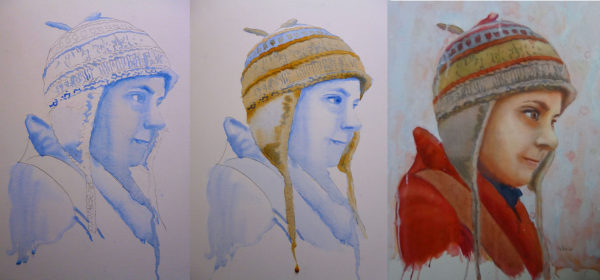
Enjoying the process and not worry too much about the outcome. Tales of a lucky hat, watercolor and mixed media on paper




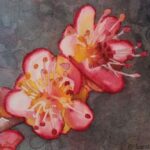


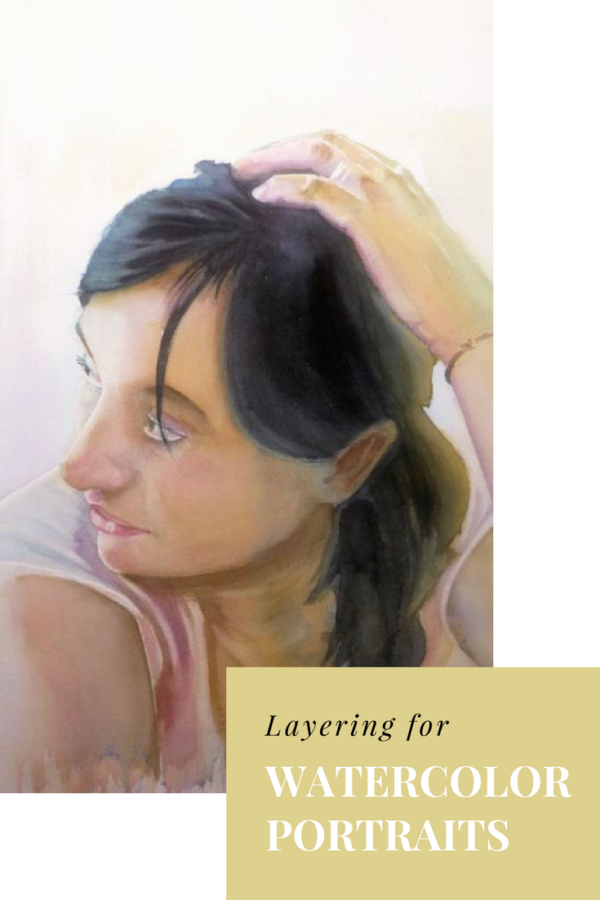
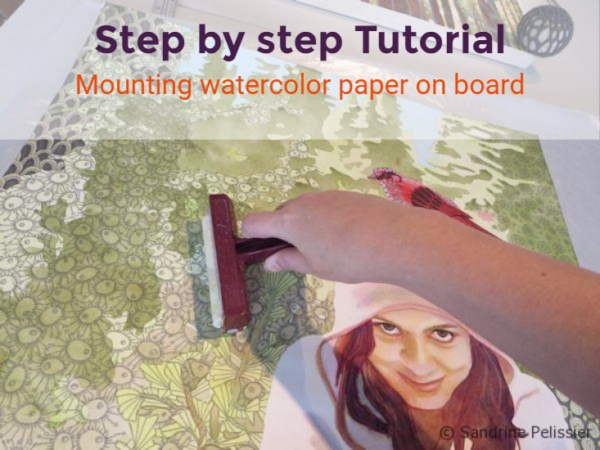
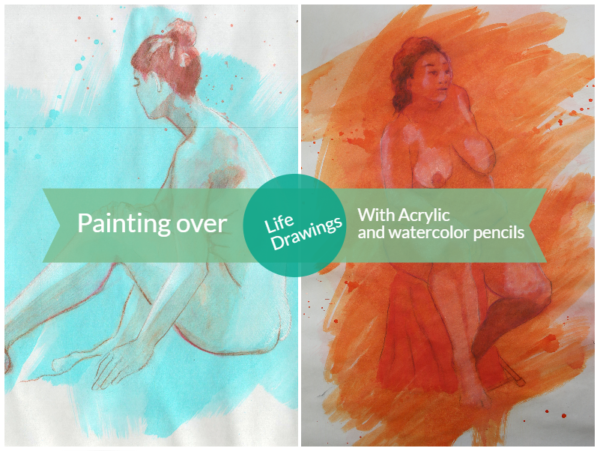

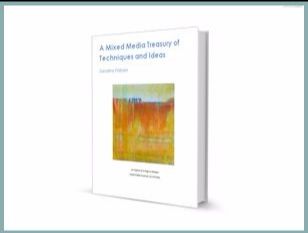

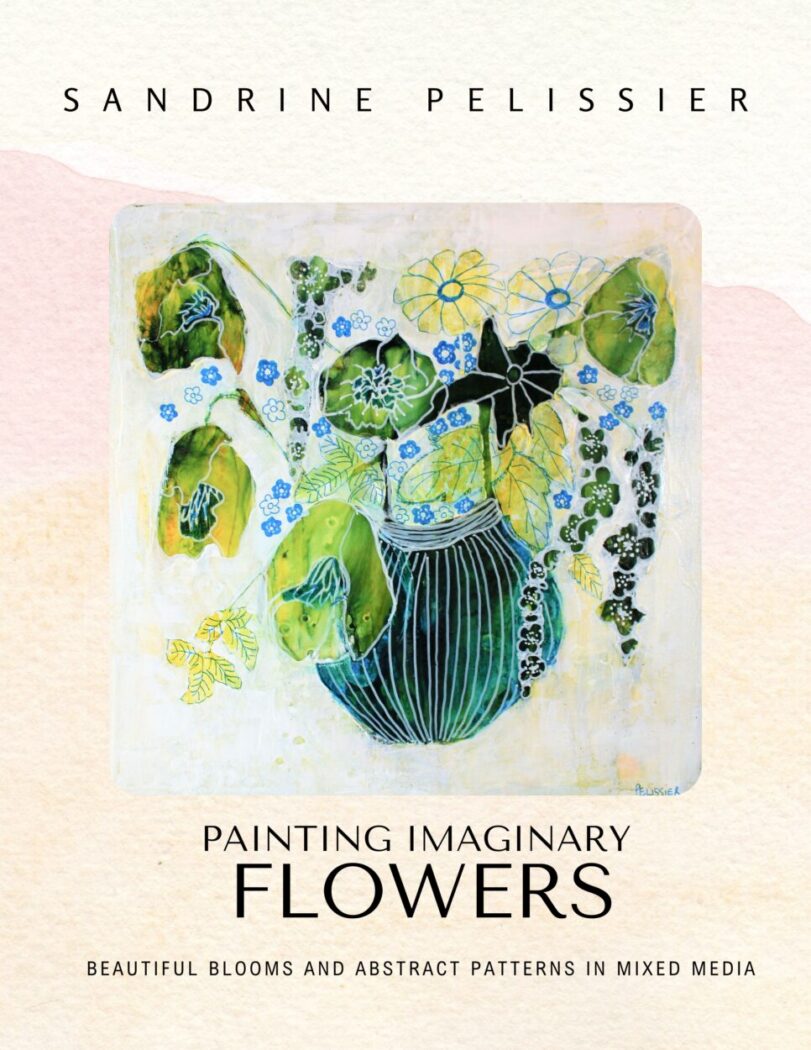
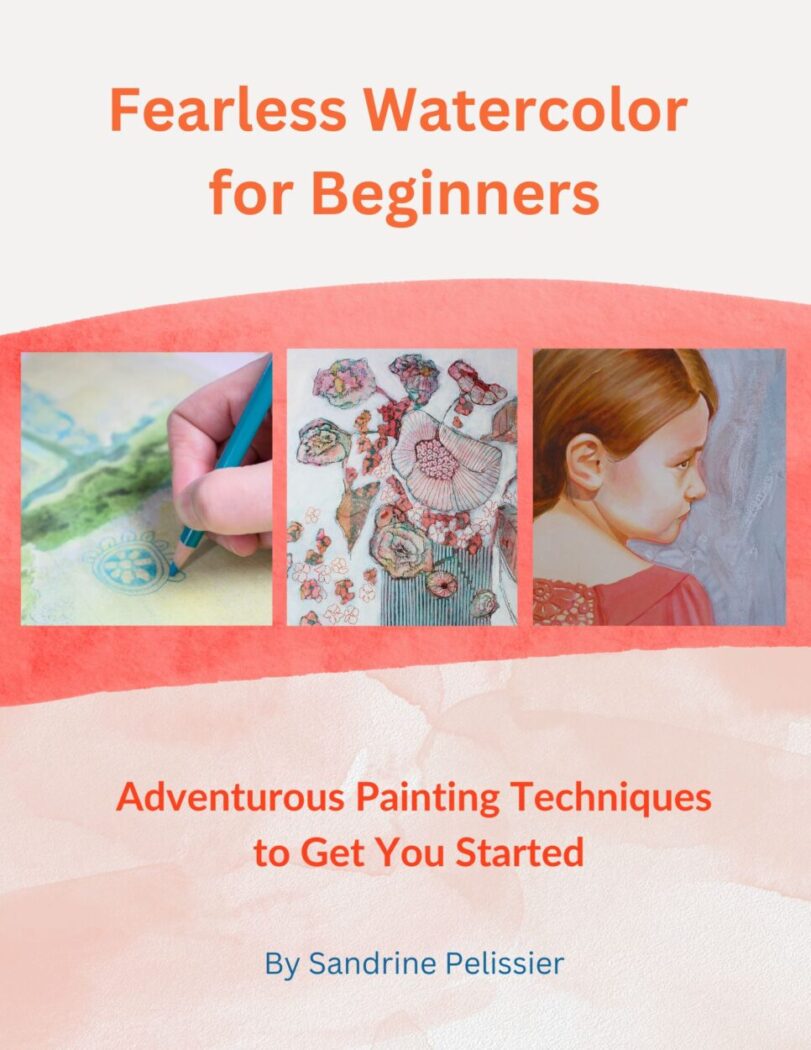

Comments (13)
Sim Chi Wei
Can I use black lead pencil first to draw outline before watercolour drawing?
Sandrine Pelissier
Yes, maybe try a light pencil like 2 or 3H so it is easier to erase and won’t show too much.
Donna
Thank you so much for showing us the progression of each piece…great tips.
Sandrine Pelissier
Thanks Donna, I am glad you liked it 🙂
CheyAnne Sexton
wonderful advise and watercolors to boot. Love the children. And you are so right about enjoying the play of the process. How true
peace n abundance,
CheyAnne
lesliepaints
These are great tips, Sandrine. I’m still working on the edge quality one. Probably forever!
Sandrine Pelissier
Thanks Leslie :-), yes edges can be tricky!
Carol King
Thank you for this post. I found it helpful with lots of useful tips.
Sandrine Pelissier
Thanks Carol!
Pauline Hughes
Thanks for your tutorials, I glean lots of useful tips and techniques I enjoy looking at your workvery much
Pauline
Sandrine Pelissier
Thanks Pauline, I am glad you found it useful!
Rouble Rust
Excellent post, some great tips there.
Sandrine Pelissier
Thanks Rouble Rust:-)